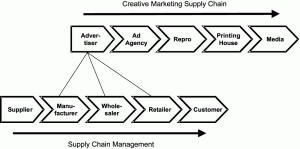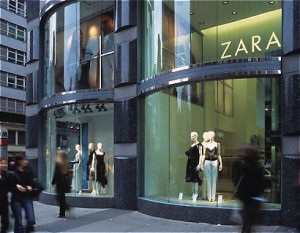As a proud Singaporean, I found a lot to relate to in the article “How Singapore Airlines Keeps its Brand Strong in An Age where Everybody Hates Flying”.
It reinforced my opinion that marketing is the most delicious layer of icing on a cake, but if the cake is not delicious, it will not sell itself. Ultimately, product quality is really what matters. “Maintaining a high standard that is executed by an impressively trained staff is but one of the methods.”
My personal favourite Singapore Airlines video is the above one – tinged with sepia and nostalgia, whereby a pleasant, personable and beautiful Singaporean air stewardess attends to the needs of customers in various cities.I feel like this embodies what the whole Singaporean Airlines brand is about: “The Singaporean Girl Service Experience”- classiness and meticulous attention to customer’s needs.For instance, they know their customers exceedingly well – even to the point of catering to their brand preferences “Dom Perignon or Krug champagne, With caviar, nine different types of rolls to choose from and eight varietals of wine”. Furthermore, “they cater to expectations is that they don’t have to suspend the lives that they lead on the ground because they are boarding an aircraft.” This would bode well for customers, especially regular business travellers, who hate flying (I can strongly identify with this!) because of how uncomfortable it is.











